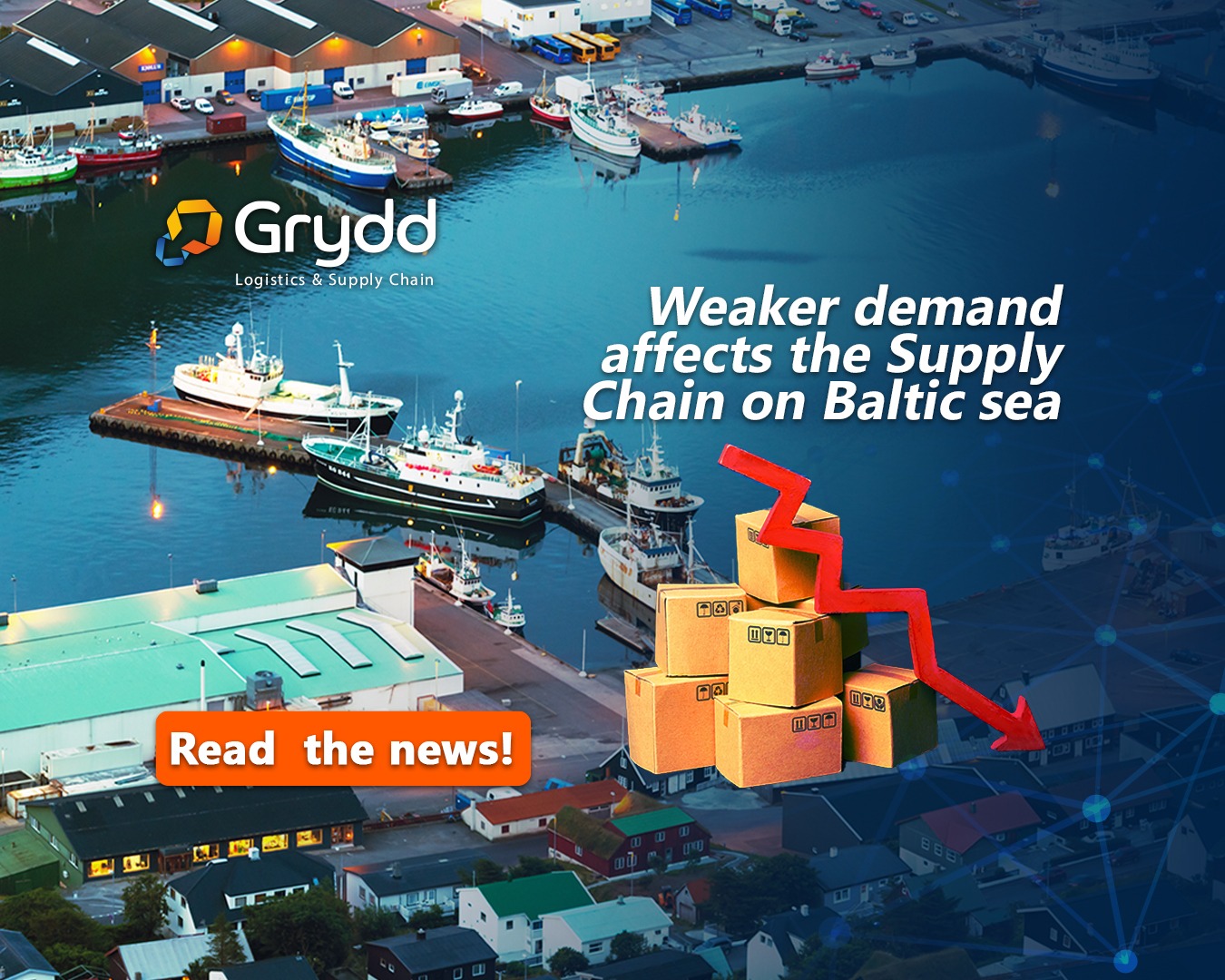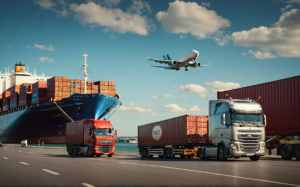The supply chain had a difficult year last year, with several shortages, delays, lockdowns, and energy issues. Even with solutions on the horizon, it is difficult to predict the risks. A good supply chain, on the other hand, can help to alleviate the challenges.
The bulk of global corporations intends to strengthen the resiliency of their industrial supply chains. Although only a portion of the population has begun to act. Diversifying your supply chain is a well-known method of achieving stability; with so many sources, you can never run out of water.
In 2021, material shortages surpassed COVID-19 as the leading supply chain interruption. In addition to local shortages, the worldwide market faces severe limitations. 2021 was much worse than 2020 in some specialist markets. Companies have agreed that steps must be done to secure the supply chain. Allowing for greater independence by investing in automation and supply chain diversification would increase resilience.
The situation in the Baltic sea
The Baltic Exchange’s dry bulk sea index is at its lowest point in many months. On Wednesday, it declined for the ninth consecutive session due to lackluster demand across the board. The supply chain is already feeling the effects; it has been a long time since the situation has deteriorated to this point.
The general index, which includes rates for Capesize, Panamax, and supramax vessels, declined 74 points to its lowest since February 2021. The Capesize index fell 90 points, or 6.8 percent, to 1,226, its lowest level since early last year. As if that weren’t enough, storms in South America wreak havoc on the iron ore trade, while coal routes face further strain.
Sometimes we need to stay informed on all kinds of subjects to understand properly the supply chain.
The average daily profit for Capesize vessels transporting 150,000-tonne cargoes fell by $744 to $10,169. The Panamax index fell 128 points, or 5.8 percent, to 2,095, its lowest level since April. The average daily revenues for Panamax vessels, which transport 60,000-70,000 tonnes of coal or grain, dropped from $1,159 to $18,852.
What other challenges can we expect?
Throughout the pandemic, political leaders, executives, and families have discussed the risks and weaknesses in supply chains. Supply chains are widely regarded as critical to business survival and growth, rather than simply a cost-cutting opportunity.
Without a sure, the industry will need to demonstrate resilience, as the hazards in the Baltic Sea and the rest of the world are not diminishing.
In the short term, disruptions are unavoidable due to cargo ship issues, material shortages, and supply and demand imbalances. According to a Wall Street Journal poll, over 45 percent of economists anticipate that improvement will not occur until the second half of 2022.
Strategies will remain vital in assisting executives in identifying key materials and labor forces and deciding how to employ them in the supply chain. Companies will also need to strengthen their visibility with suppliers, as well as their logistics service and contract manufacturers.
Another issue that will come up is sustainability, circular economy, deforestation, sea pollution, and climate change have all become priorities for people and companies. The supply chain is at the center of this discussion and ifluences taxes, diplomatic relations, and all sorts of changes.
Become a partner of Grydd
Don’t wait for problems to come to you, have solutions at hand before they are needed. Our smart operating system brings all data together in one place and provides reliable information and forecasts and enables direct communication between all parts of the supply chain.



















